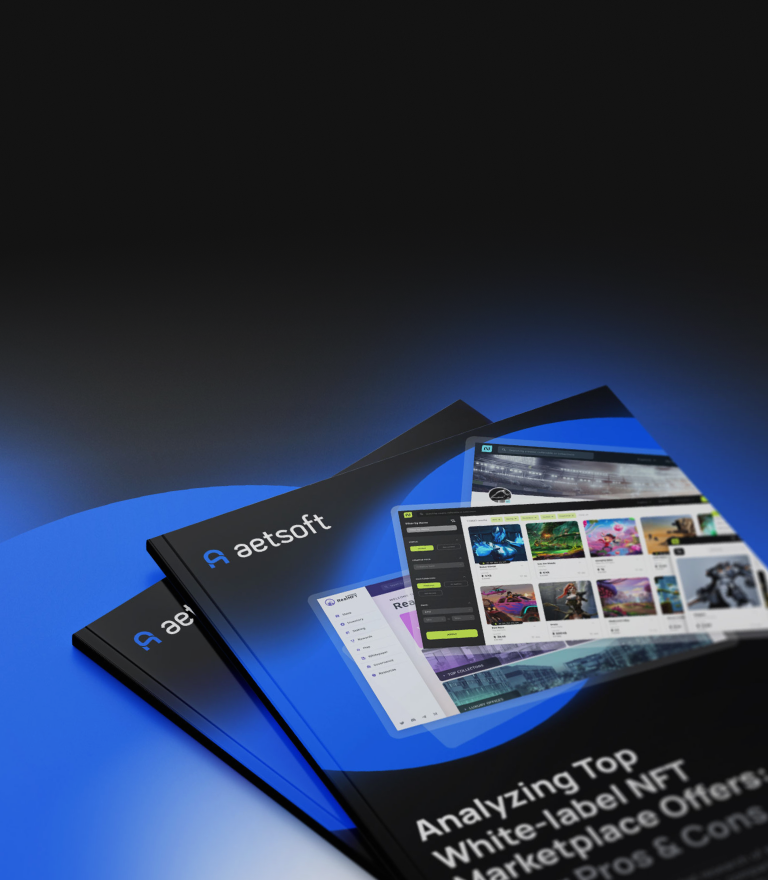At difficult times of the global pandemic, telehealth applications help maintain access to essential healthcare services of the same or even better quality. Since hospital visits are restricted now, virtual care tools become real lifesavers for people.
But has the potential of virtual care services been discovered in full by now? Is there any leverage yet to find? Today, we will see it and begin with some crucial figures to better understand the issue.
The Effect of COVID-19
The pandemic significantly precipitated the adoption of telehealth by healthcare facilities. McKinsey reports that for now, 76% of healthcare providers are interested in using telehealth tools, and their part is growing. Compared to 11% of those who used telehealth in 2019, the shift seems truly rapid.
Before the pandemic, the telehealth industry’s annual revenue reportedly totaled $3 billion, with the most income produced by virtual urgent care apps. To date, however, the projected revenue from virtual care is likely to hit $250bn in the U.S. alone (!). Tremendous gain, isn’t it?
But don’t get fooled by these staggering figures. Yes, the shift will happen, but not fast and not soon as it may seem at first glance. Instead, it requires time to work out new ways of providing medical care, introduce information exchange improvements, not to mention complications that inevitably appear in the process of technology integration. At the same time, the current progress lets us predict what the future holds for telehealth.
A Doctor in the Pocket: Discovering the Potential of Telehealth
So far, at least several types of virtual care applications can be identified, depending on the case they solve. Some replace consultations with a doctor, while others offer an omnichannel delivery system to cover office and lab visits. Let’s have a closer look at these applications.
On-demand Health Consultation
The first on our list are the solutions alternative to emergency department visits and after-hours consultations. The users can consult with healthcare providers on their immediate concerns (such as suspicious skin moles or redness, oral cavity inflammation, and others) to avoid visiting a healthcare facility.
In practice, these are mobile applications with online screening tools that evaluate symptoms and define the potential exposure for more “serious” diseases. Note that such solutions are in no way replacing medical care per se, but tell if professional assistance is required or a patient can handle it themselves without leaving home.
Virtual Checkups
However, if hospitalization is necessary, the providers can use telehealth tools to arrange virtual consultations with patients. Now when social distancing is important, doctors use such tools to evaluate the patient’s medical condition remotely and then decide if intensive care is required.
For example, telehealth tools can be used to check patients for COVID-19 symptoms before visiting a hospital. If early signs are detected during the checkup, patients may get advice to make a test for COVID-19.
Virtual Visits
As an alternative to online examinations, patients can be offered to visit a virtual healthcare facility. Of course, we talk about minor cases such as skin checks, psychotherapy sessions, or even cardiac rehabilitation.
For the patients diagnosed with COVID-19, phone-based consultations can be used to define whom they contacted during the assumed time of the infection and follow up with them to advise if they need to isolate themselves, assess them for related symptoms, and check if their health condition changes over time.
In the same efficient fashion, patients with infectious diseases can be isolated and monitored at home. This move allows them to rehabilitate with no stress and crowds, and providers can save hospital beds for patients with more severe cases.

“Near-virtual” Care
Alternatively, urgent services, such as “post-checkup” medical care, can be transferred to the “near-virtual” format. For instance, these can be specialized sites for testing and vaccinations, including retail and worksite clinics. When preliminary diagnosed with flu or a more severe disease during the virtual consultation, the patient can be referred to a nearby clinic to make a test. This can be followed up by continuous virtual monitoring of their health condition.
Administration of Medications
Besides facilitating medical examinations, telehealth solutions can allow patients to receive drugs without going to hospitals. In practice, the case can be paired with remote checkups; the patient’s condition is monitored through regular virtual interviews. If it worsens or adverse effects are detected, the doctor prescribes the necessary medications and orders their delivery to the patient’s home.
If required, healthcare providers can arrange a regular, multi-month provision of medications to avoid repetitive, non-practical “in-person” prescriptions.
What’s Next for Telehealth?
More health systems, providers, and independent practitioners leverage telehealth possibilities, providing quality service for patients. No doubt, the pandemic is the main reason and the main driver of this hype. Meanwhile, more types of telehealth services are introduced.
The uplift will be steady in the following year or so, at least until a vaccine is available to the public. But even when it happens, the healthcare service has changed forever by now, with virtual tools likely to be its integral part. And more virtual healthcare institutions will appear, too.





